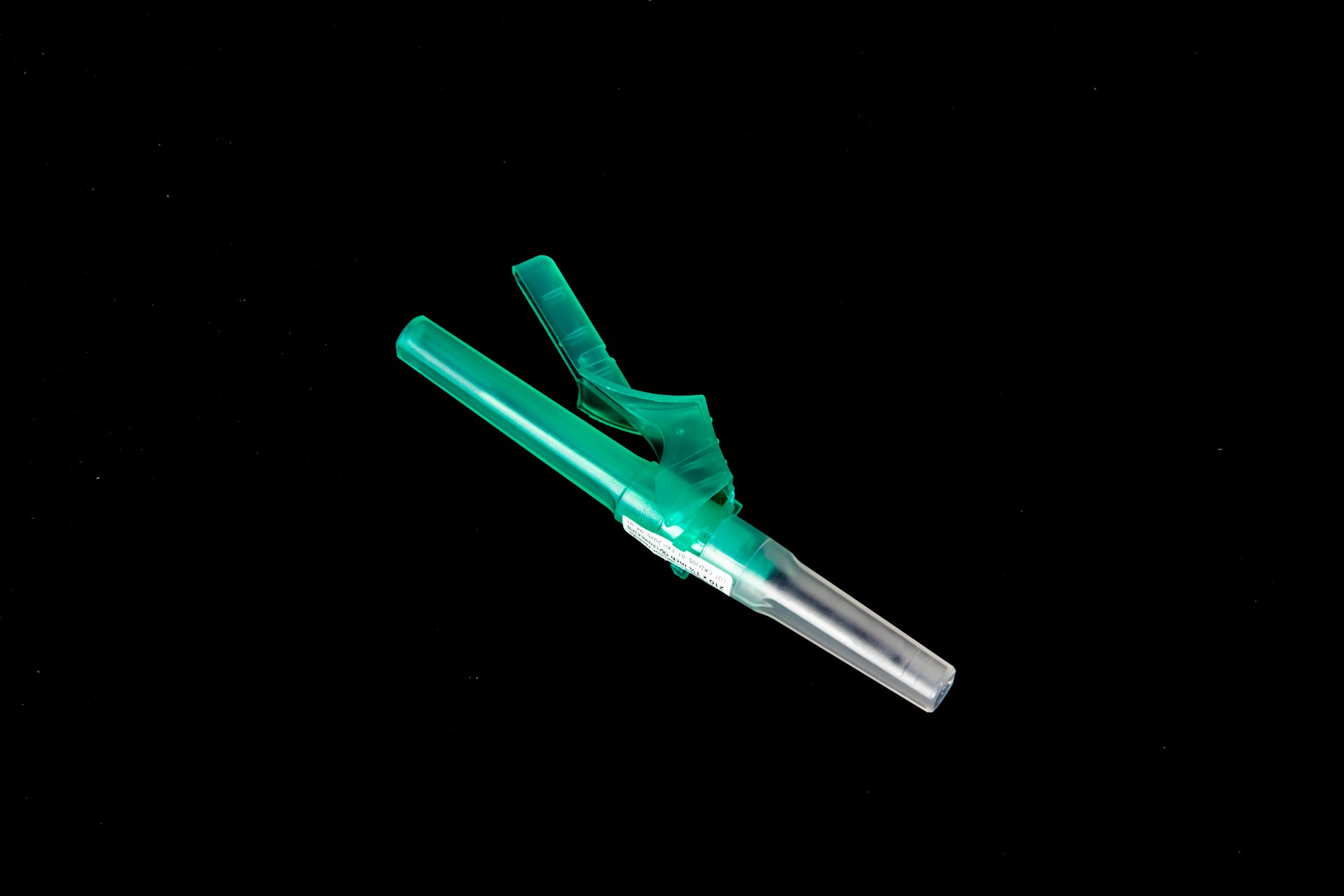Safety Of Eco-Friendly Blood Collection Solutions.
In recent years, there has been a growing concern about the environmental impact of medical waste, including blood collection materials. Traditional blood collection devices often contain harmful chemicals and plastics that are not biodegradable, leading to pollution and potential health hazards. As a result, there has been a shift towards eco-friendly blood collection solutions that prioritize sustainability and safety. In this article, we will explore the importance of eco-friendly blood collection solutions and their benefits for both healthcare providers and the environment.
Benefits of Eco-Friendly Blood Collection Solutions
1. Reduced Environmental Impact
One of the primary benefits of eco-friendly blood collection solutions is their reduced environmental impact. Traditional blood collection devices are often made from materials that are harmful to the environment, such as PVC plastics and phthalates. These materials can take hundreds of years to decompose, leading to long-term pollution of landfills and waterways. By using eco-friendly materials such as biodegradable plastics and recycled paper, healthcare providers can significantly reduce their carbon footprint and support a more sustainable healthcare system.
2. Safer for Healthcare Workers
In addition to their environmental benefits, eco-friendly blood collection solutions are also safer for healthcare workers. Traditional blood collection devices can expose workers to harmful chemicals and toxins, such as PVC plasticizers and phthalates, which have been linked to a range of health issues. By using eco-friendly materials that are free from these harmful substances, healthcare providers can create a safer work environment for their employees and reduce the risk of long-term health problems.
3. Cost-Effective
Contrary to popular belief, eco-friendly blood collection solutions can also be cost-effective for healthcare providers. While the initial cost of switching to eco-friendly materials may be higher than traditional options, the long-term savings can be significant. Eco-friendly materials are often more durable and longer-lasting than traditional alternatives, reducing the need for frequent replacements and saving money in the long run. Additionally, healthcare providers can benefit from improved public perception and brand loyalty by demonstrating their commitment to sustainability.
Challenges and Considerations
1. Availability of Eco-Friendly Materials
One of the primary challenges of implementing eco-friendly blood collection solutions is the availability of suitable materials. While there are many companies that offer eco-friendly alternatives to traditional blood collection devices, not all healthcare providers may have access to these options. Additionally, some eco-friendly materials may not meet the same performance standards as traditional materials, leading to concerns about accuracy and reliability. Healthcare providers should carefully evaluate the available options and consider their specific needs before making the switch to eco-friendly blood collection solutions.
2. Regulatory Compliance
Another important consideration when implementing eco-friendly blood collection solutions is regulatory compliance. Healthcare providers must ensure that any eco-friendly materials they use meet the necessary standards for safety and performance. This may require additional testing and validation to demonstrate the effectiveness of eco-friendly materials compared to traditional options. By working closely with regulatory agencies and conducting thorough testing, healthcare providers can ensure that their eco-friendly blood collection solutions meet the necessary requirements for patient care.
3. Education and Training
Finally, healthcare providers must prioritize education and training when implementing eco-friendly blood collection solutions. Healthcare workers may need additional training to properly use and dispose of eco-friendly materials, as well as understand the environmental impact of traditional blood collection devices. By providing comprehensive education and training programs, healthcare providers can ensure that their staff are equipped to make the transition to eco-friendly blood collection solutions successfully.
Conclusion
In conclusion, the safety of eco-friendly blood collection solutions is a critical consideration for healthcare providers looking to reduce their environmental impact and create a safer work environment for their employees. By prioritizing sustainability and implementing eco-friendly materials, healthcare providers can significantly reduce their carbon footprint, support a more sustainable healthcare system, and improve patient care. While there are challenges and considerations to be aware of when implementing eco-friendly blood collection solutions, the long-term benefits far outweigh the initial costs. With proper planning and education, healthcare providers can successfully transition to eco-friendly blood collection solutions and contribute to a healthier, more sustainable future.
References:
Disclaimer: The content provided on this blog is for informational purposes only, reflecting the personal opinions and insights of the author(s) on phlebotomy practices and healthcare. The information provided should not be used for diagnosing or treating a health problem or disease, and those seeking personal medical advice should consult with a licensed physician. Always seek the advice of your doctor or other qualified health provider regarding a medical condition. Never disregard professional medical advice or delay in seeking it because of something you have read on this website. If you think you may have a medical emergency, call 911 or go to the nearest emergency room immediately. No physician-patient relationship is created by this web site or its use. No contributors to this web site make any representations, express or implied, with respect to the information provided herein or to its use. While we strive to share accurate and up-to-date information, we cannot guarantee the completeness, reliability, or accuracy of the content. The blog may also include links to external websites and resources for the convenience of our readers. Please note that linking to other sites does not imply endorsement of their content, practices, or services by us. Readers should use their discretion and judgment while exploring any external links and resources mentioned on this blog.



